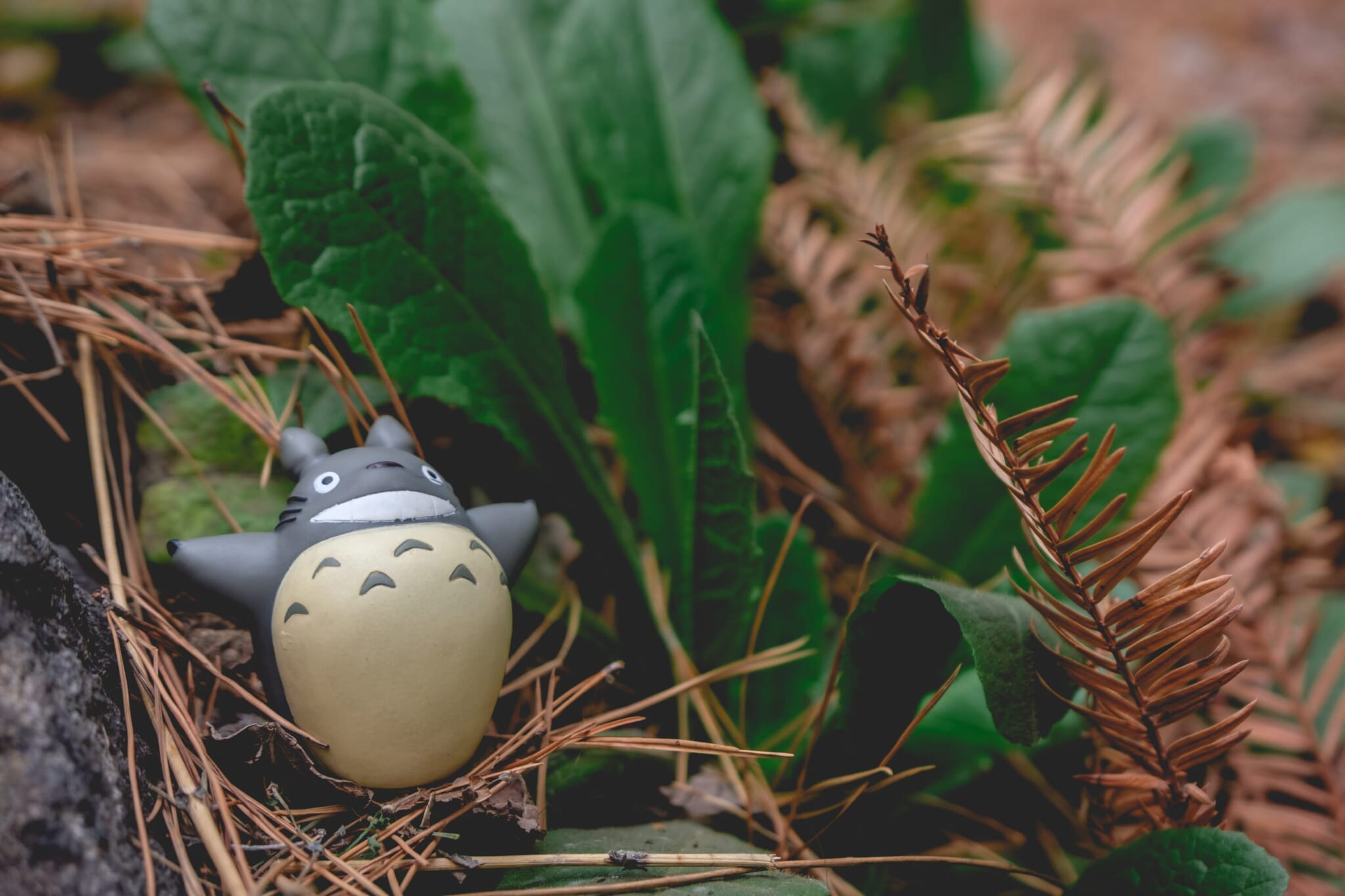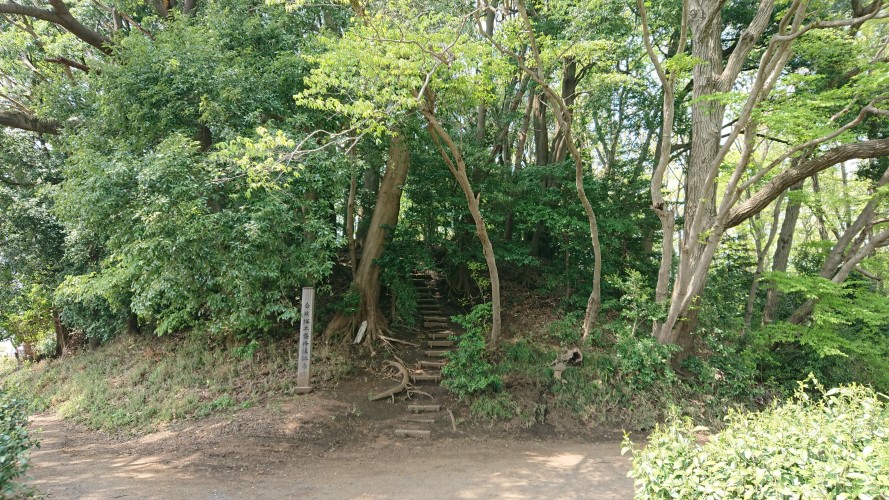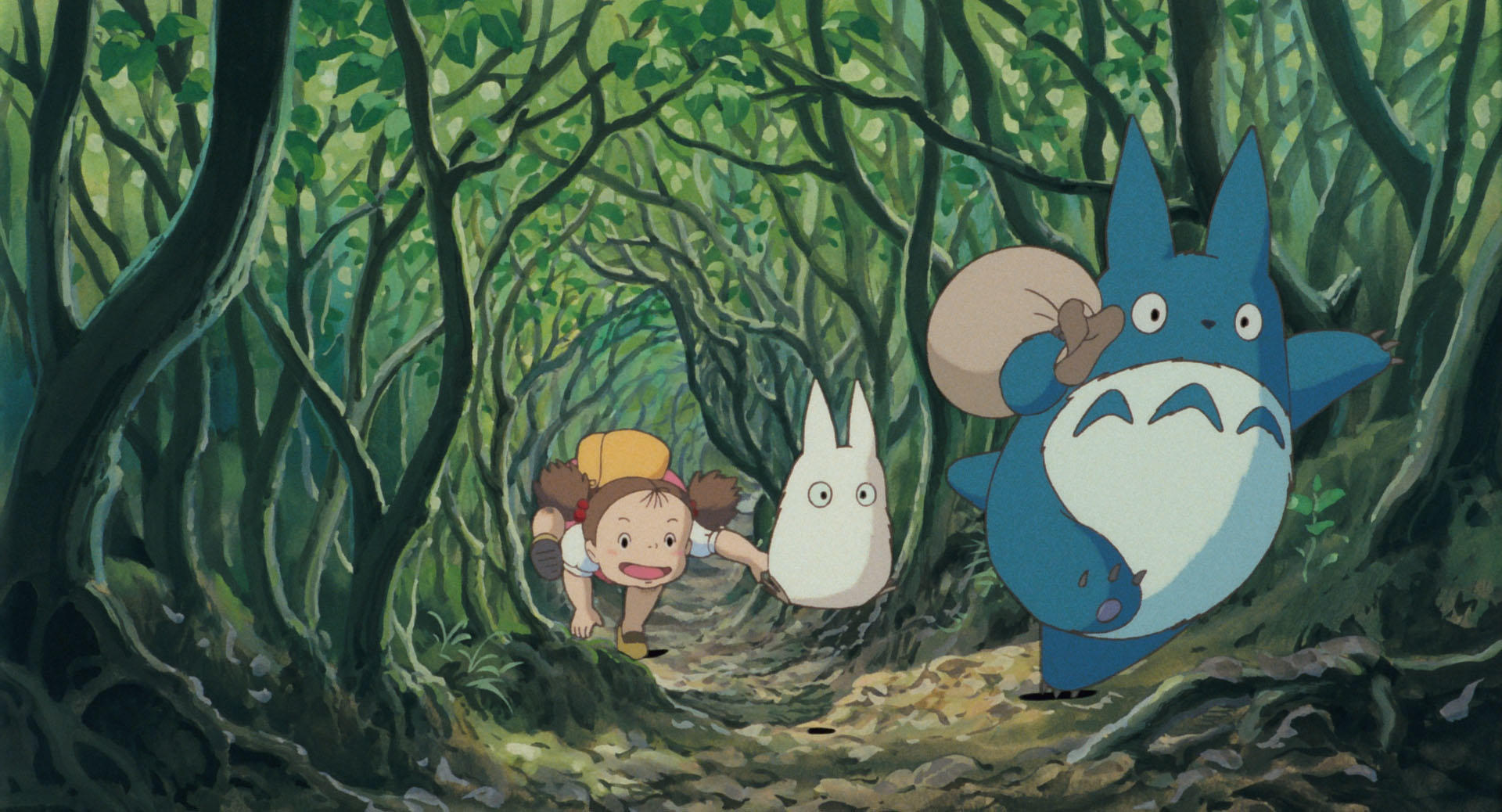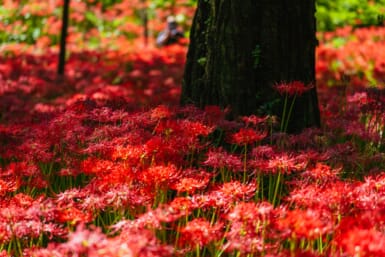Studio Ghibli films have taken viewers on a magical journey for decades. One of the most popular Miyazaki films has to be My Neighbor Totoro, its fluffy titular character serving as a mascot of Ghibli. While creating the film, Miyazaki took ample inspiration from the lush forestry and quaint countryside charm across Japan. In fact, the film is said to be primarily based on the real-life city of Tokorozawa, Saitama, which is only a 30-minute train ride from central Tokyo. Here are some real-life locations to visit in Tokorozawa to be whisked away to the whimsical world of My Neighbor Totoro.
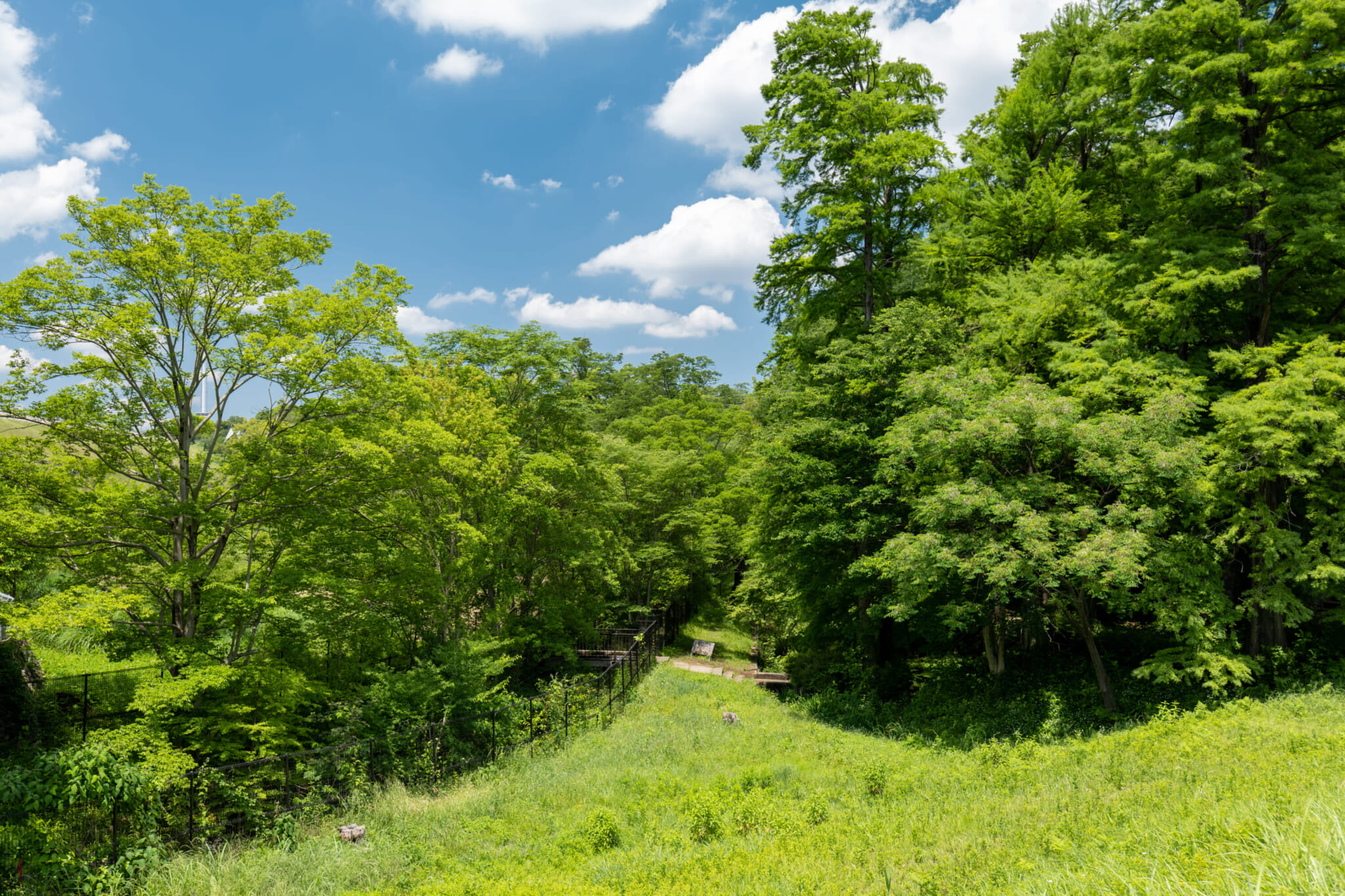
Totoro no Mori
If you’re a big Totoro fan, you probably have heard of Totoro no Mori, or Totoro’s Forest. Located near Sayama Hill in Tokorozawa, Totoro’s Forest is just only a 30-minute train ride away from Ikebukuro station, and makes for a lovely hiking day trip. Much of My Neighbor Totoro is actually said to be designed with Tokorozawa in mind, and this forest is the model of the forest where Mei and Satsuki meet Totoro for the first time.
View this post on Instagram
Kurosuke’s House
In central Tokorozawa, the Totoro Fund actually operates a traditional folk house called Kurosuke’s House, which you can visit with a reservation and a ¥500 entrance fee. A big Totoro statue sits in the house for an adorable photo opp, and Ghibli goods are available for sale. The house itself is registered as a tangible cultural property and the funds raised go directly to preserving Totoro’s Forest.
Shirahatazuka
In the film, the forest where Totoro lives is called Tsukamori; fans speculate this forest is named after an ancient battlefield in Tokorozawa with a similar root in its name, Shirahatazuka. Also known as Kotesashi-gahara Battle Site, Shirahatazuka is the site of the Battle of Kotesashi, which ultimately ended the Kamakura shogunate, and is also considered a haunted location.
Shirahatazuka’s pathway full of trees are somewhat reminiscent of the scene where Mei chases after Totoro, but knowing the real-life location’s history adds a depth of creepiness to the originally adorable scene.
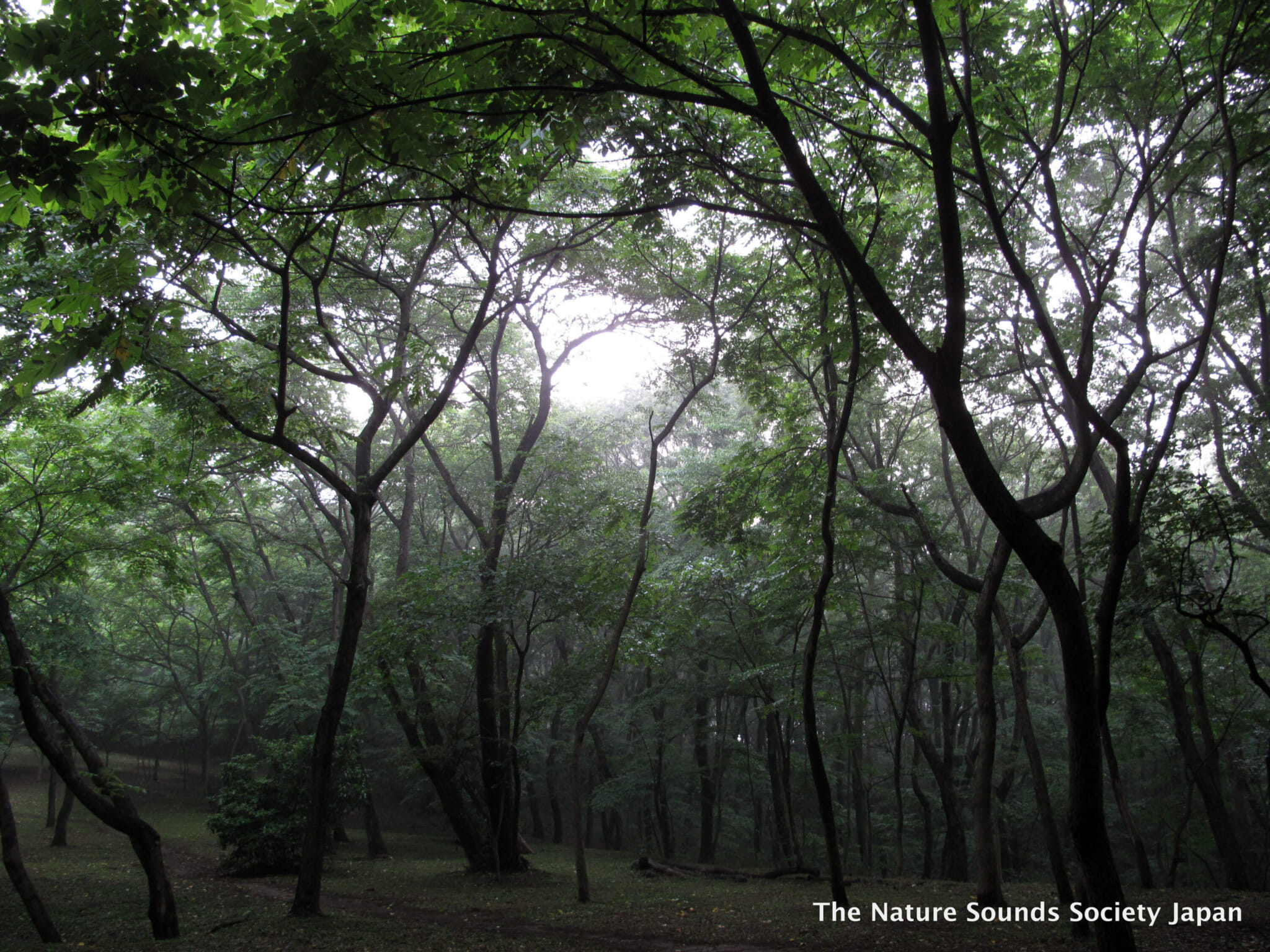
Hachikokuyama Park
In the movie, Satsuki and Mei’s mother is hospitalized in Shichikuniyama (七国山) Hospital, but this area is actually based off of the area around Hachikokuyama (八国山) Park (a play on words, as the only difference between the kanji is the eight changed into a seven). Located on the border of Tokyo and Saitama, Hachikokuyama Park is recognizable in the scene where Mei, Satsuki and their father ride a bicycle to go visit their hospitalized mother. The hospital where she stayed, called Shichikuniyama Hospital in the movie, is based on Shinyamanote Hospital, which is right beside the park.
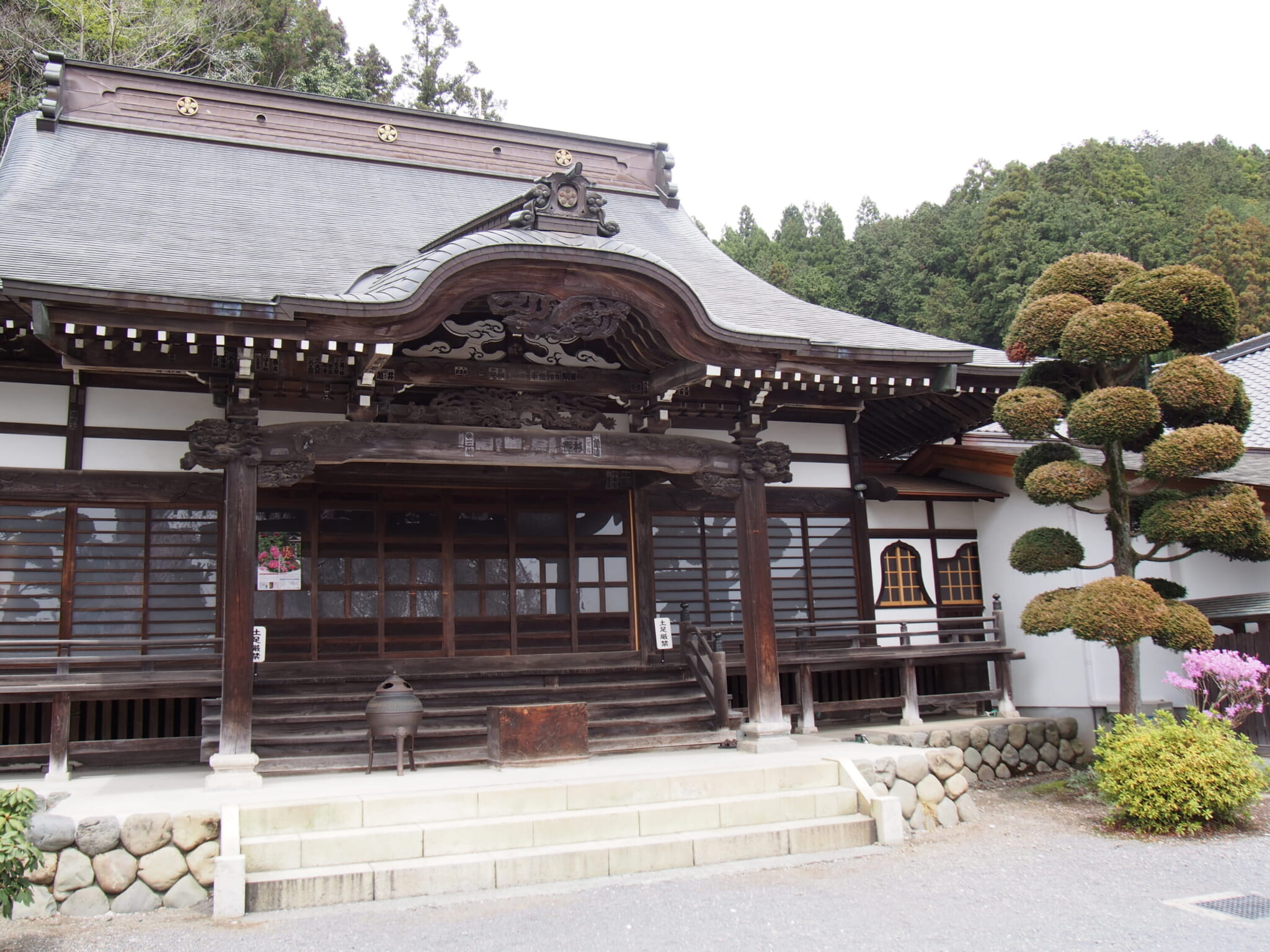
Baiganji Temple
A 20-minute walk from Hachikokuyama Park is Baiganji Temple, which you might recognize from the scene where Mei gets lost on her way to the hospital. Exhausted, she sits near the six Jizo (guardian deity of children) statues, which also exist in the real-life temple. Baiganji Temple’s entrance is flanked by ancient trees that are over 600 years old, and the temple has several culturally important monuments, making a trip to Mei’s resting place well worth it.
Bonus: Bus Stops
Inarimachi Bus Stop
One of the most memorable scenes from My Neighbor Totoro is where Satsuki lends her father’s umbrella to Totoro while waiting for the cat bus. This fictional bus stop, Inarimae, is presumed to be named after Inarimachi bus stop, also in Tokorozawa. The real Inarimachi bus stop looks quite different from the bus stop seen in the film, with a rice field spreading behind it instead of a forest. Bring an umbrella with you when you visit to snap a memorable photo.
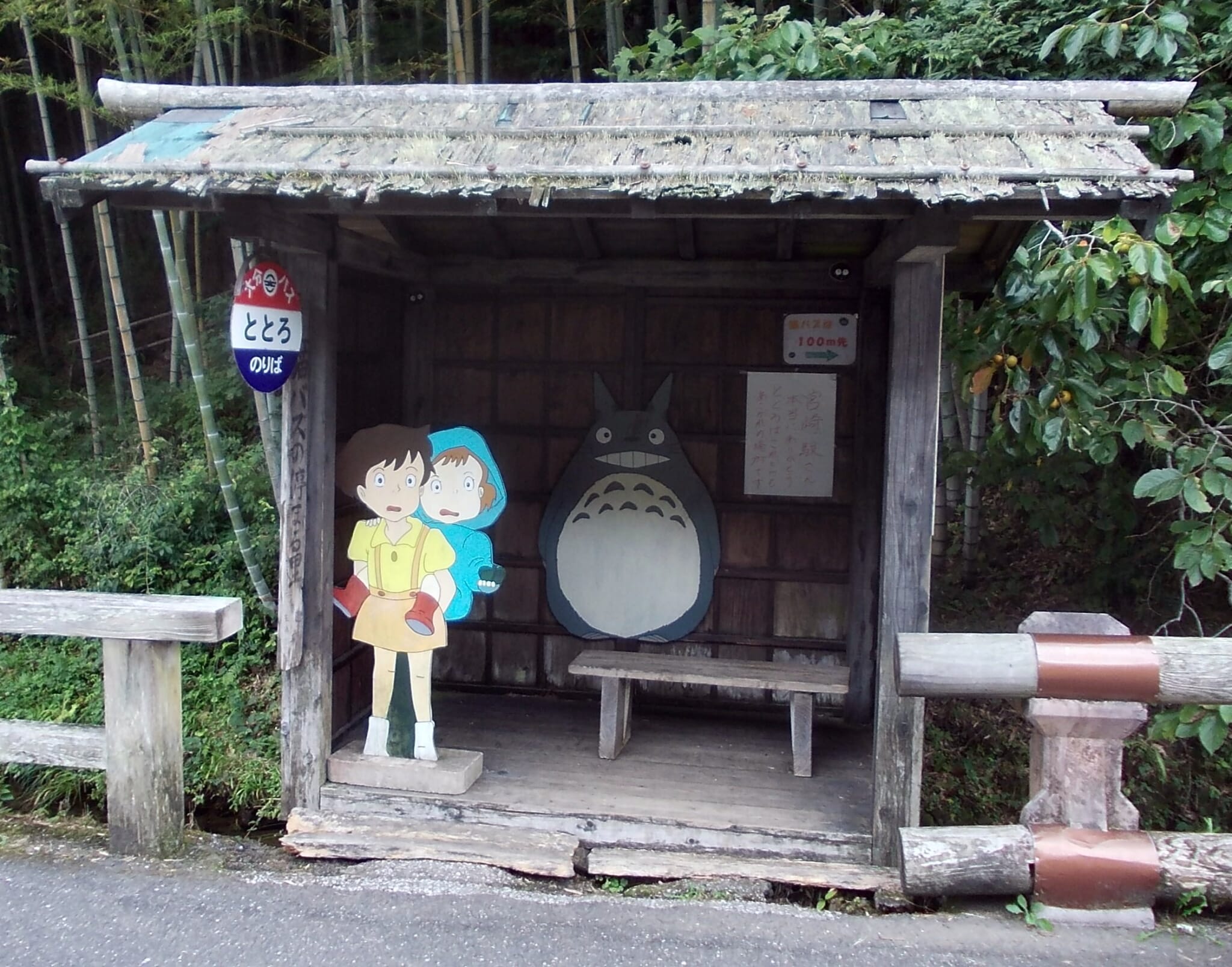
Totoro Bus Stop in Oita
In Saiki city of Oita prefecture, there’s actually a district called Totoro (轟), and a bus stop with the same name. The small community bus stop is decorated with illustrations of Totoro, Mei and Satsuki, and has since become a popular tourist destination. Near the bus stop is a park called Totoro’s Forest, which has a large cutout of the Cat Bus, and dozens of tiny rock Totoro figurines have been left behind by community members.

